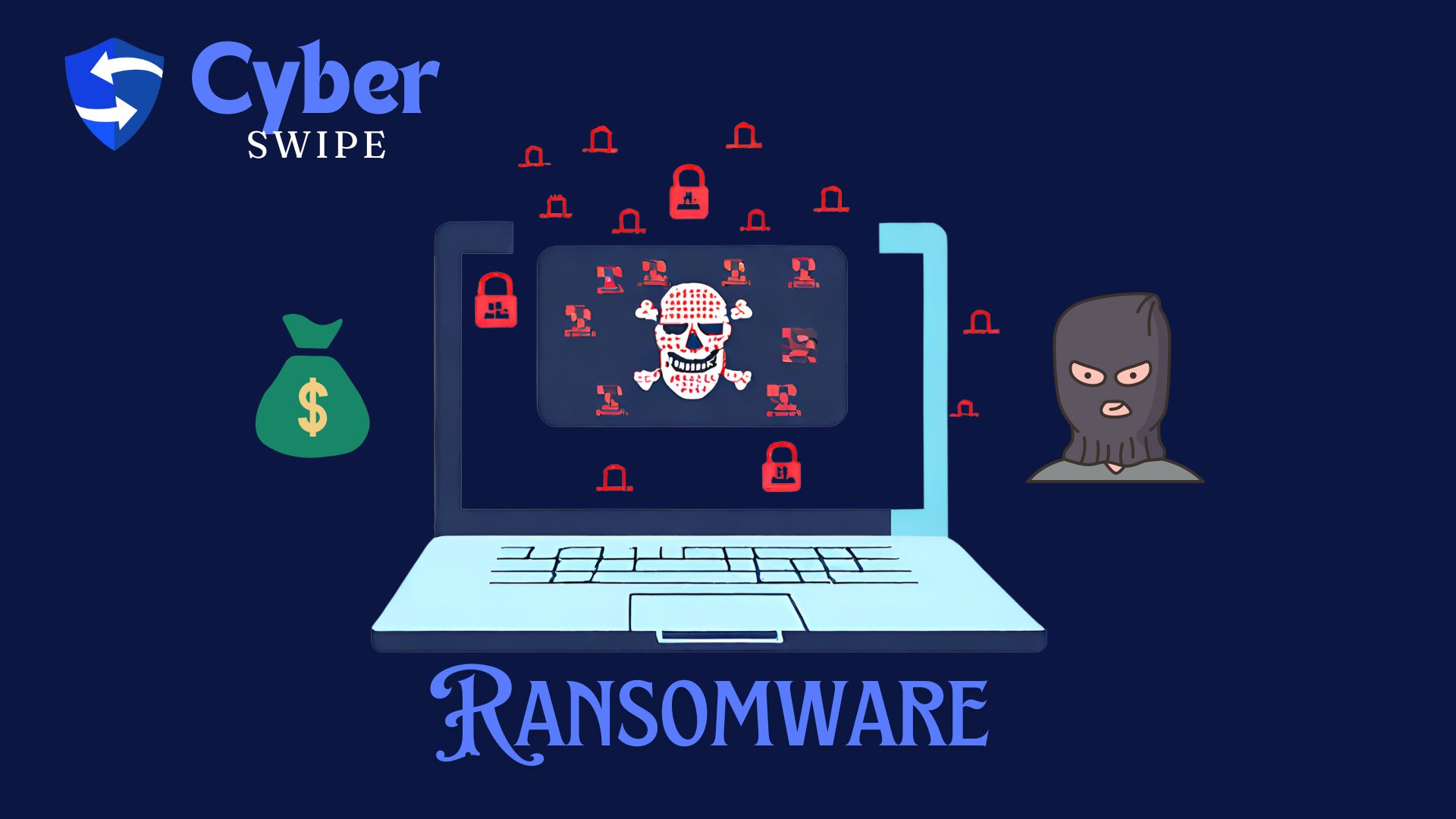Introduction
DDoS, or Distributed Denial of Service, is a formidable form of cyberattack where multiple compromised systems, which are often infected with a Trojan, are used to target a single system. The aim of a DDoS attack is to make an online service or network unavailable, overwhelming the target with a flood of internet traffic. This can cripple websites, disrupt businesses, and even affect critical infrastructure. Understanding the mechanics and implications of DDoS attacks is crucial for maintaining robust cyber security measures and protecting against potential threats. In the evolving landscape of cyber threats, the significance of fortifying against DDoS attacks cannot be overstated.
Understanding DDoS Attacks

Definition and Meaning of DDoS Attacks
A Distributed Denial of Service (DDoS) attack is a malicious attempt to disrupt the normal traffic of a targeted server, service, or network by overwhelming the target or its surrounding infrastructure with a flood of Internet traffic. DDoS attacks are carried out using multiple compromised computer systems as sources of attack traffic. Devices can include computers and other networked resources such as IoT devices. The impact of DDoS attacks can be substantial, leading to significant downtime and loss of service to legitimate users.
Common Types of DDoS Attacks
DDoS attacks come in several varieties, each with unique tactics and impacts. The three most prominent types are:
- Volume-based attacks: These include ICMP floods, UDP floods, and other attacks that saturate the bandwidth of the targeted site.
- Protocol attacks: These include SYN floods, fragmented packet attacks, and Ping of Death, which exploit weaknesses in the layer 3 and layer 4 protocol stack.
- Application layer attacks: These are more sophisticated and target certain aspects of an application or server directly, aiming to disrupt services such as HTTP, SMTP, or DNS.
Impact of DDoS Attacks in Cyber Security
Disruption of Service Availability
The most immediate and noticeable impact of DDoS attacks is the disruption of service availability. This type of cyber attack can render important online services unavailable, sometimes for extended periods. Not only do these disruptions inhibit user access, but they can also cripple critical operations related to health, finance, and emergency services which depend on stable and reliable online services.
Financial Losses
The financial repercussions of a DDoS attack can be severe, stemming from both direct and indirect sources. Businesses may experience direct revenue loss due to service interruptions or transaction failures. Additionally, the costs associated with mitigating attacks and restoring services can be significant. In the long run, organizations may need to invest in more robust cyber security measures or face higher insurance premiums.
Reputational Damage
When a DDoS attack hits, it doesn’t just affect the technical operations of a company—it also impacts its reputation. Frequent and high-profile attacks can erode customer trust and confidence, leading to a loss of business. Clients and partners may view the affected organization as less competent or less secure, which can have long-lasting effects on business relationships and market position.
Importance of Preventing DDoS Attacks
Disruption of Service Availability
The most immediate and noticeable impact of DDoS attacks is the disruption of service availability. This type of cyber attack can render important online services unavailable, sometimes for extended periods. Not only do these disruptions inhibit user access, but they can also cripple critical operations related to health, finance, and emergency services which depend on stable and reliable online services.
Financial Losses
The financial repercussions of a DDoS attack can be severe, stemming from both direct and indirect sources. Businesses may experience direct revenue loss due to service interruptions or transaction failures. Additionally, the costs associated with mitigating attacks and restoring services can be significant. In the long run, organizations may need to invest in more robust cyber security measures or face higher insurance premiums.
Reputational Damage
When a DDoS attack hits, it doesn’t just affect the technical operations of a company—it also impacts its reputation. Frequent and high-profile attacks can erode customer trust and confidence, leading to a loss of business. Clients and partners may view the affected organization as less competent or less secure, which can have long-lasting effects on business relationships and market position.
Importance of Preventing DDoS Attacks
Maintaining Business Continuity
DDoS attacks can cripple a company’s network, rendering websites and online services inoperable. This disruption can lead to significant downtime, which in turn results in lost revenue and productivity. By prioritizing DDoS attack prevention, businesses maintain their essential operations without interruption, ensuring that both client-facing and backend processes run smoothly and efficiently.
Protecting Sensitive Data
During a DDoS attack, security resources are stretched thin, which can expose vulnerabilities elsewhere in the network. This makes it easier for hackers to exploit these weaknesses and steal sensitive data, such as personal information, intellectual property, or financial records. Effective DDoS mitigation strategies help protect these assets by maintaining robust security across the network
Safeguarding Reputation
The consequences of a DDoS attack extend beyond immediate financial losses. They can severely damage a company’s reputation. Frequent disruptions or the perception of poor security can erode customer trust and deter potential clients. Maintaining a proactive approach to preventing DDoS attacks helps reassure customers that their data and services are secure, bolstering the company’s reputation in the long run.
Strategies for DDoS Attack Prevention
Implementing Network Security Measures
Preventing DDoS attacks starts with robust network security practices. This includes configuring firewalls to reject unnecessary traffic, employing anti-spoofing measures to verify incoming traffic, and segmenting networks to prevent the spread of attacks. Additionally, maintaining up-to-date security patches and utilizing intrusion detection systems can help detect and respond to threats before they cause harm.
Utilizing DDoS Protection Services
Many businesses turn to specialized DDoS protection services that can absorb and mitigate the effects of an attack. These services use various technologies such as traffic analysis, rate limiting, and web application firewalls to protect websites and networks from incoming DDoS threats. By redirecting attack traffic away from the target server, these services help keep critical online services running smoothly.
Conducting Regular Risk Assessments
Regularly assessing the organization’s risk and vulnerabilities is crucial in DDoS prevention. This involves analyzing the IT infrastructure to identify potential security gaps and anticipate various DDoS attack scenarios. Conducting these assessments helps organizations adjust their security strategies timely, stay ahead of emerging threats, and ensure comprehensive protection against DDoS attacks.
Mitigation Techniques for DDoS Attacks

Traffic Filtering and Scrubbing
To safeguard against DDoS attacks, deploying advanced traffic filtering and scrubbing techniques is essential. This process involves distinguishing between regular traffic, which is legitimate, and malicious traffic, which warrants blocking. Using modern filtering technology, such as IP reputation lists, rate limiting, and deep packet inspection, organizations can effectively reduce the impact of these attacks by ensuring that only genuine traffic reaches their network infrastructure.
Cloud-Based DDoS Protection
Cloud-based solutions offer another robust defense mechanism against DDoS attacks. These platforms can absorb and disperse the enormous volumes of traffic typical of DDoS attacks, preventing overload on local resources. By leveraging a cloud provider’s larger bandwidth capacity, organizations can effectively mitigate attacks before they reach critical systems. This helps in not only protecting sensitive data but also ensuring continual service availability.
Incident Response Planning
A well-structured incident response plan is critical for minimising the damage from D DOS attacks. This plan should include clearly defined roles and responsibilities, communication protocols, and steps for addressing an attack. Preparation involves regular training and simulation exercises to ensure readiness. Moreover, it’s crucial to have rapid reaction capabilities, which often include automatic alerting systems and predefined strategies for traffic rerouting and scrubbing during an active attack.
Conclusion
In conclusion, the threat of DDoS attacks in the cyber world is substantial and cannot be taken lightly. These attacks not only disrupt business operations but can also lead to significant financial losses and damage to an organization’s reputation. It is imperative for businesses to invest in robust cyber security measures, including DDoS mitigation strategies. This investment not only safeguards your network but also ensures the trust of your customers and stakeholders, maintaining the smooth operation and reliability that modern businesses thrive on. Stay proactive, keep monitoring, and continuously update your systems to outsmart potential cyber threats.





Fantastic